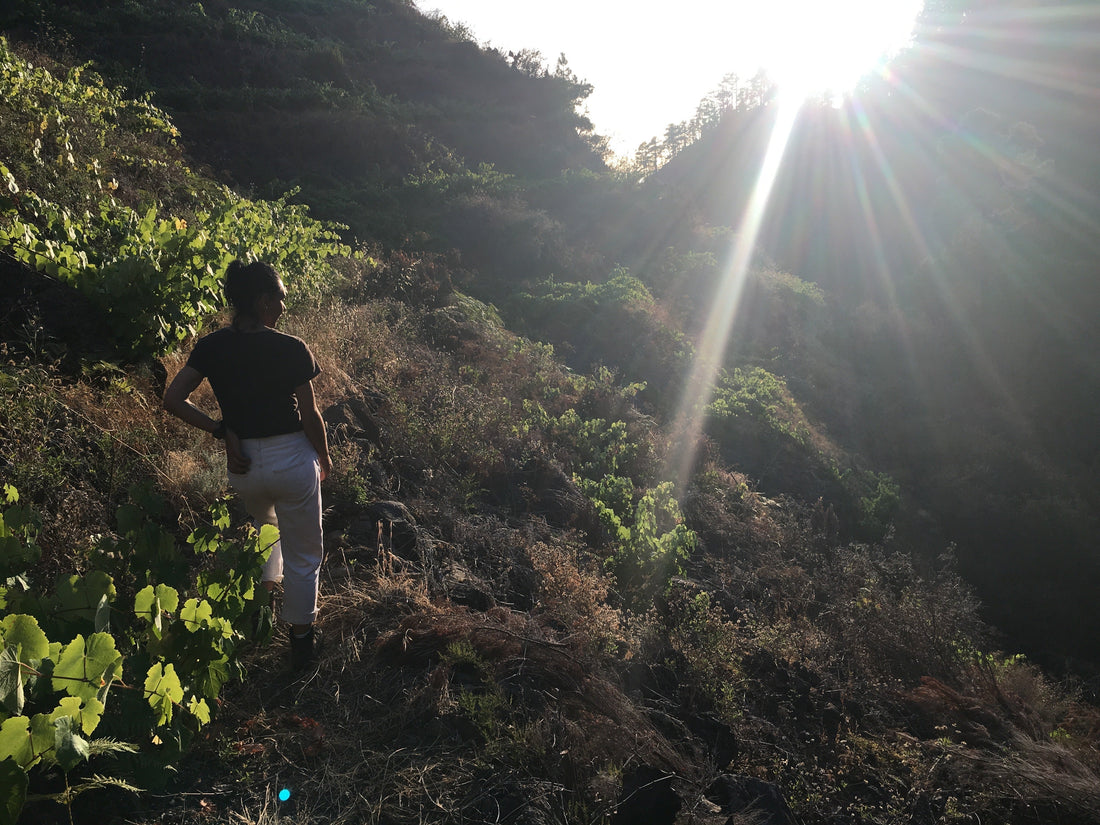Victoria Torres Pecis is a fifth-generation winemaker from Fuencaliente in the southern part of the island of La Palma. She took over from her dad, Juan Matías, in 2015, following Juan Matías's untimely death.
In La Palma, in quality terms, Viki stands alone. Where most other producers use chemical fertilisers and pesticides, off-the-shelf yeasts and high doses of sulphur dioxide, and to filter their wines to buggery, Viki is dedicated to farming organically and working with as little intervention as possible in the cellar. She keeps sulphur additions very low and doesn't filter her wines. She’s not afraid to leave the wines do what they need to do without interference, however long it takes.
The difference between Viki's wines and those of the majority of wine producers on the island the difference between, say, a one-year cave-aged goats cheese (I ate a lot of that when I was on the island) and a triangle of Dairylea. Viki’s wines are alive. They express their grape variety and ocean-influenced volcanic terroir in a way that lingers on the palate. They have an openness and a mercurial character that lingers in the mind.
I spent about four months in La Palma in 2019, then went back for the pruning and harvest seasons the following year. It got under my skin like no other wine region. I can still taste it: the lunar landscapes of Las Machuqueras and Los Llanos Negros, serene and expansive, just the volcanoes, the vines, the ocean, and the surge and sway of the Alisian wind; El Tión, striding into the clouds to reach century-old vineyard parcels growing at 1,200m altitude alongside triffid-like tajinastes.
Places like these make La Palma one of the most spectacular vinegrowing landscapes in the world. It still amazes me that I had the chance to make wine there.

